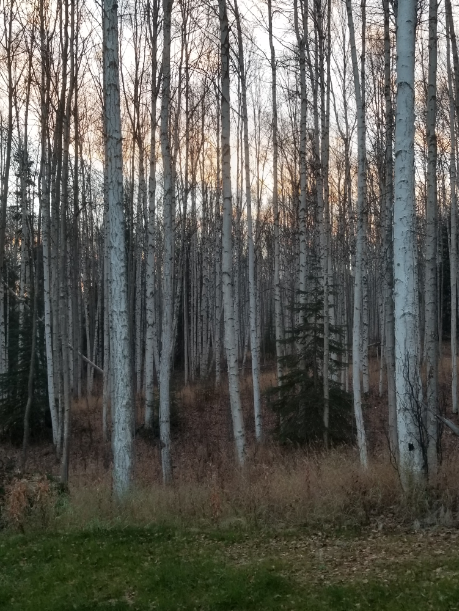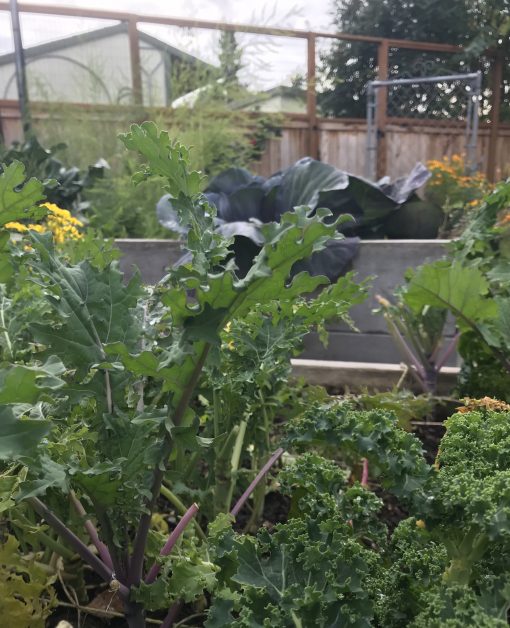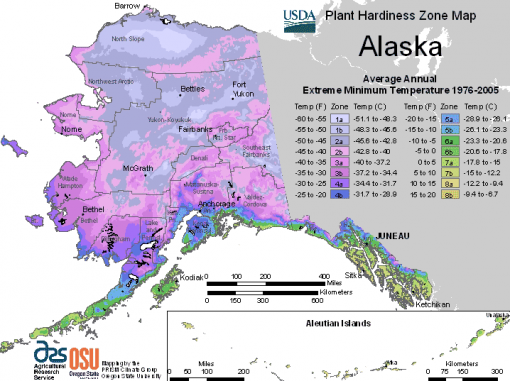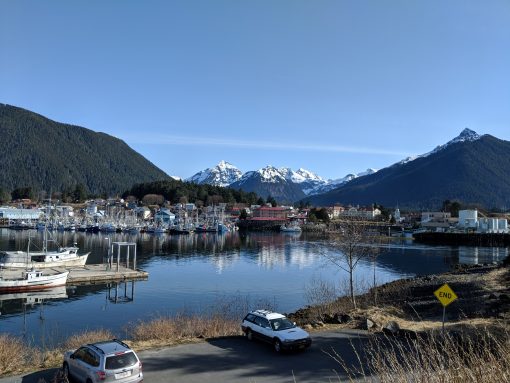
Soldotna is a great place to grow cooler weather plants and vegetables. As a USDA Hardiness Zone 4a (-30 to -25 degrees F), we can grow a number of cold resistant fruits and veggies very well. From my experience and that of other gardeners in the area, kale and rhubarb do very well here. Not only is the climate relatively mild in the summer with long days and the temperatures hovering just under 60 degrees, it is located close enough to the ocean to benefit from fantastic natural fertilizers – Read More …





